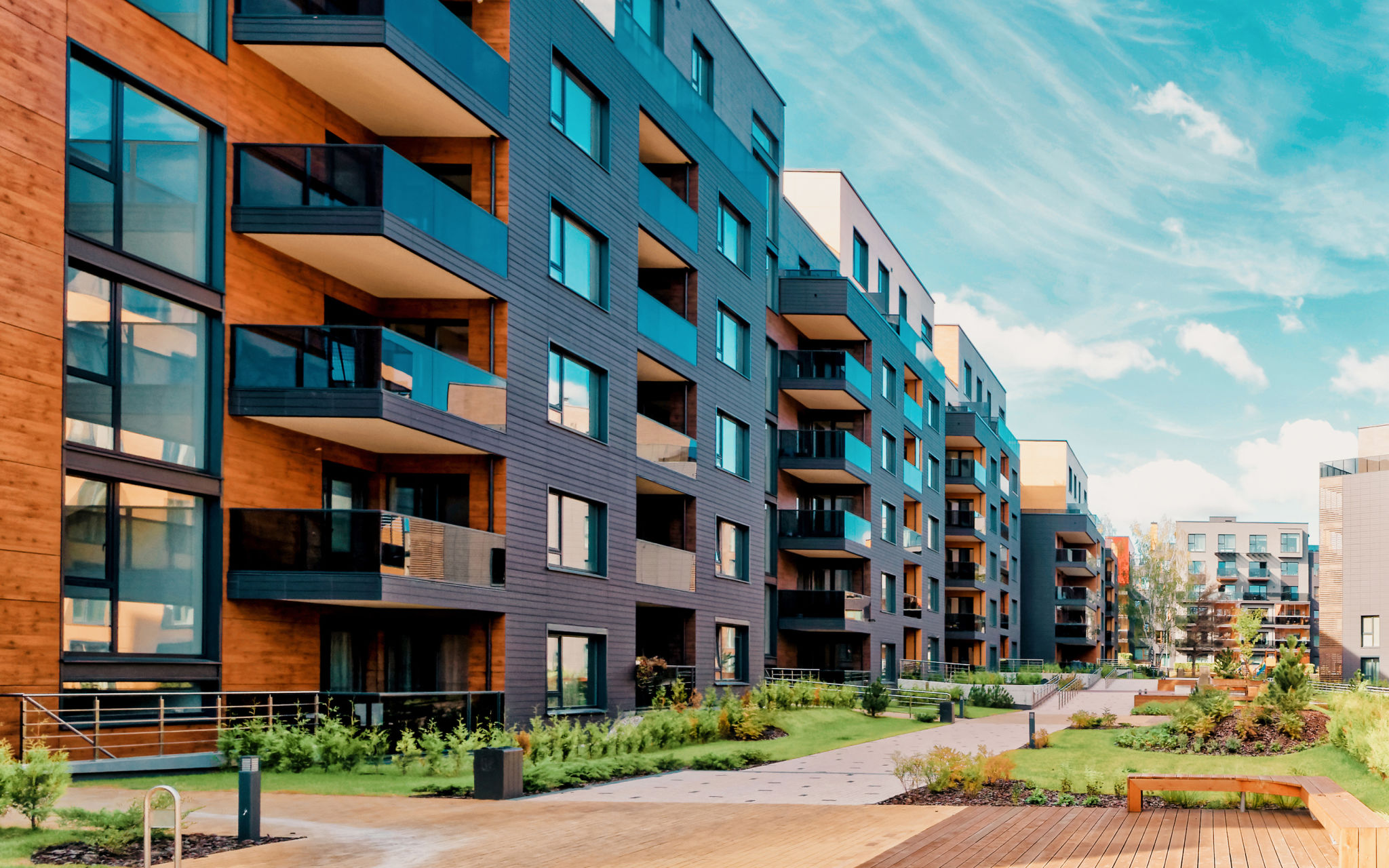Navigating the Real Estate Development Process: A Step-by-Step Guide
EC
Understanding the Real Estate Development Process
Real estate development is a multifaceted process that requires careful planning, strategic decision-making, and diligent execution. Whether you're a seasoned developer or a newcomer to the industry, understanding the various stages of development is crucial to achieving success. This guide will take you through the step-by-step process of real estate development, highlighting key actions and considerations at each stage.

Step 1: Market Research and Feasibility Study
The first step in any successful real estate development project is conducting thorough market research and a feasibility study. This involves analyzing market trends, identifying potential opportunities, and assessing risks. Factors such as location, demand, competition, and economic conditions play a critical role in determining the viability of a project.
Conducting a feasibility study involves evaluating the cost implications, potential return on investment (ROI), and legal considerations. This step helps developers make informed decisions about whether to proceed with the project or adjust their plans accordingly.
Step 2: Site Selection and Acquisition
Once the feasibility study indicates a green light, the next step is site selection and acquisition. Choosing the right location is crucial as it can significantly impact the success of the development. Developers should consider factors like accessibility, proximity to amenities, zoning regulations, and environmental concerns.
The acquisition process involves negotiating with landowners, securing financing, and ensuring all legal requirements are met. A well-selected site lays a strong foundation for the subsequent stages of development.

Step 3: Design and Planning
With a site secured, the design and planning phase begins. This involves collaborating with architects, engineers, and planners to create detailed plans that align with local regulations and community needs. Developers must consider the project's aesthetics, functionality, sustainability features, and budget constraints.
Obtaining necessary permits and approvals from relevant authorities is an integral part of this stage. A well-thought-out design not only enhances the project's appeal but also ensures it meets safety standards and regulatory requirements.
Step 4: Financing and Budgeting
Real estate development often requires significant capital investment. Securing financing is a critical step that involves exploring various funding options such as bank loans, private investors, or joint ventures. Developers must prepare comprehensive financial plans to outline projected expenses and revenue streams.
Effective budgeting ensures that resources are allocated efficiently throughout the project lifecycle. Developers should maintain financial flexibility to accommodate unforeseen challenges or changes in market conditions.

Step 5: Construction and Project Management
The construction phase is where the vision takes shape. This stage involves hiring contractors, managing timelines, and overseeing day-to-day operations on-site. Effective project management is essential to ensure construction progresses smoothly and stays within budget.
Regular communication with stakeholders, attention to quality control, and adherence to safety standards are vital components of successful project management. Developers should be prepared to address any issues promptly to minimize delays and cost overruns.
Step 6: Marketing and Sales
As construction nears completion, developers shift focus to marketing and sales strategies. Building awareness and generating interest in the project are key objectives during this phase. Developing a strong brand identity, utilizing digital marketing channels, and hosting open houses can attract potential buyers or tenants.
Implementing effective sales strategies ensures a smooth transition from construction to occupancy. Engaging with real estate agents or brokers can also help reach a wider audience and achieve sales targets efficiently.

Step 7: Completion and Handover
The final stage of real estate development is completion and handover. This involves conducting final inspections, obtaining necessary certifications, and transferring property ownership to buyers or tenants. Developers should ensure all contractual obligations are met to facilitate a seamless transition.
A successful handover marks the culmination of a well-executed development process. By adhering to best practices at each stage, developers can deliver high-quality projects that meet market demands and exceed customer expectations.